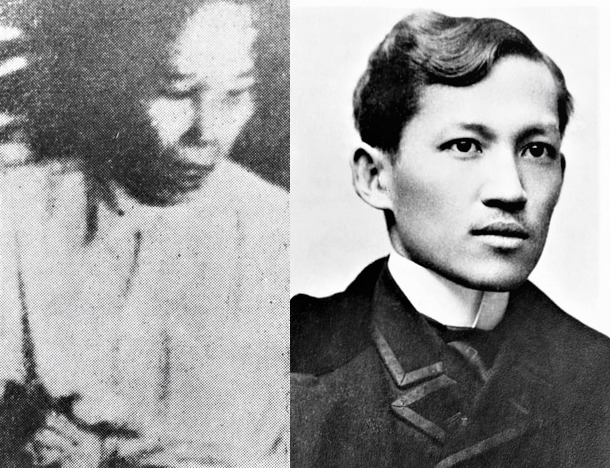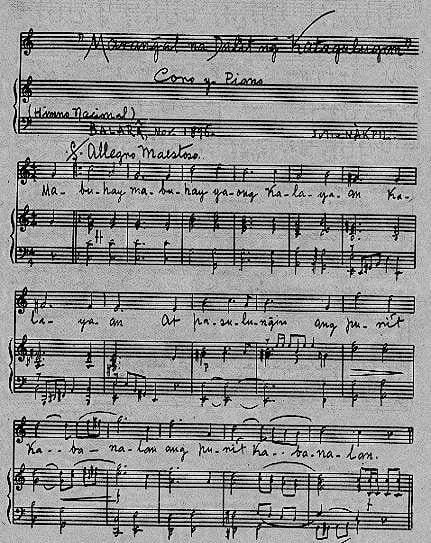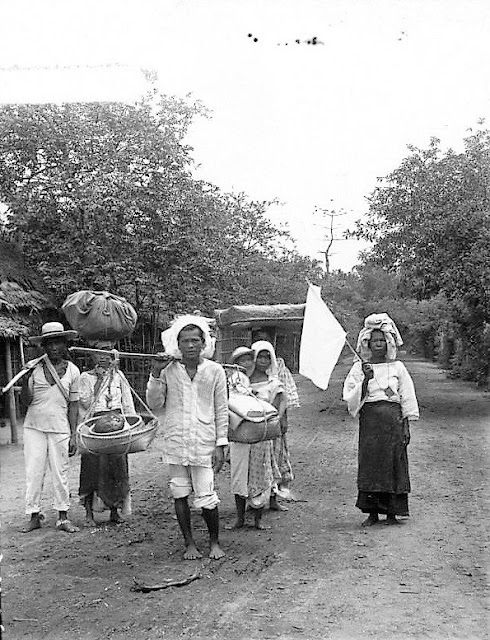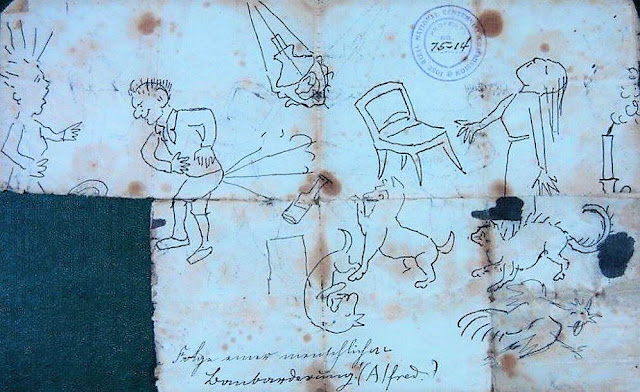Jose Rizal's Christmas Letter to Blumentritt - 24th December 1886

In his letter to Ferdinand Blumentritt, Jose Rizal shares insights into how Christmas is celebrated in the Philippines. Throughout their friendship and correspondence, Rizal consistently took the time to convey his holiday greetings to the Blumentritt family. What makes this particular letter fascinating is Rizal's mention of the old Teutonic-German tradition of setting up a Christmas Tree, known as the 'Christbaumfest,' which is exclusively practiced in German-speaking regions on Christmas Eve. Rizal admired and embraced this tradition, going so far as to share it with his family back home. In the same letter to Blumentritt, Rizal, perhaps feeling homesick, penned the following description of Christmas in the Philippines: "At home, the entire family comes together for a midnight dinner; the children adorn a Belen with figurines of the Child Jesus, shepherds, animals, and more. This season is the most beautiful and delightful time we have in the Philippines.&











.jpg)